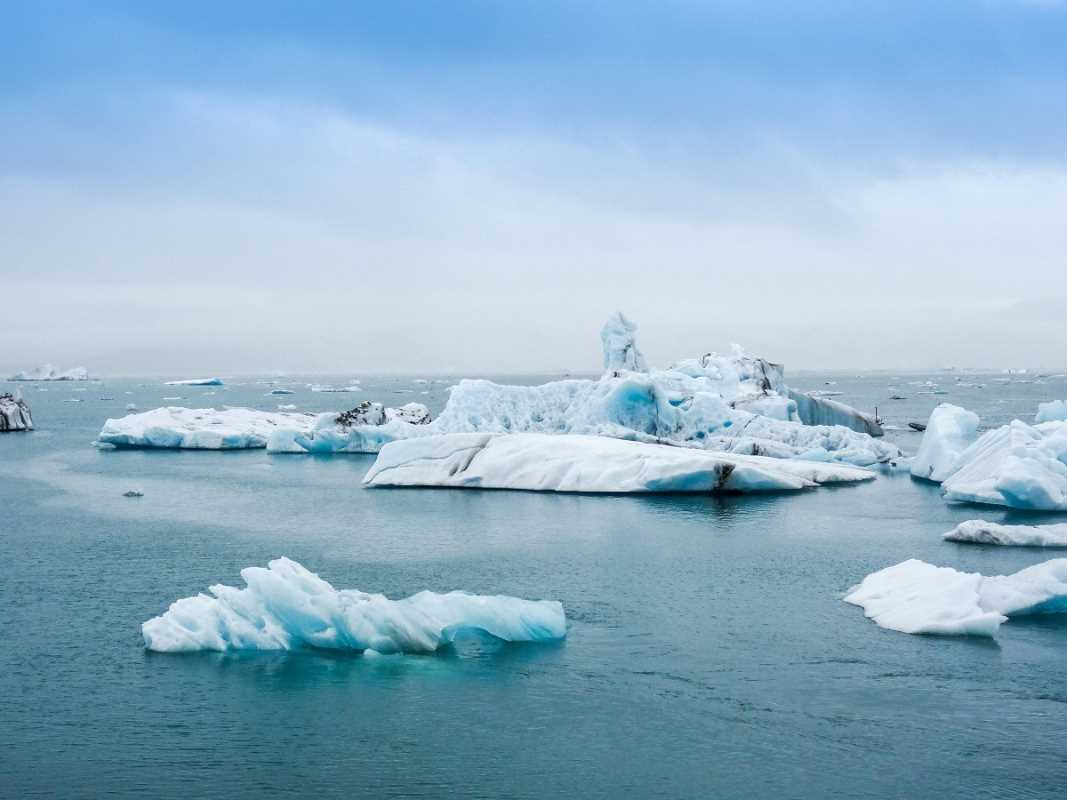Climate change is reshaping many aspects of our lives, often in ways we don’t fully realize until it hits close to home. One area feeling the pressure more than ever is the world of insurance. Whether you’re a homeowner, driver, or small business owner, you’ve probably noticed rising premiums or changes to policies in recent years. That’s no coincidence. The growing frequency and severity of extreme weather events like hurricanes, wildfires, and floods have pushed insurers to reevaluate the way they calculate risk and offer coverage.
This post unpacks how climate change is fundamentally altering insurance rates and policy terms. We’ll explore what’s driving these shifts, the hurdles faced by insurers and consumers, and, most importantly, actionable tips to stay protected in an increasingly unpredictable world.
Higher Insurance Premiums and Why They’re Rising
If you’ve recently renewed your home or car insurance, you might have experienced a bit of sticker shock. Insurance premiums have been steadily climbing, and much of this increase can be traced back to climate-related risks.
Extreme weather events are more frequent and destructive than before. For example, in the United States alone, there were 18 billion-dollar weather and climate disasters in 2022, encompassing hurricanes, wildfires, and severe storms. Each of these events led to massive payouts by insurance companies to policyholders. The more insurers pay out in claims, the more they need to collect in premiums to stay afloat financially.
It’s not just about paying claims, though. Insurers are also investing heavily in new technologies and data analysis to better understand climate risk. These investments are necessary, but they too contribute to rising rates.
Real-Life Example
Take California, a state hit hard by wildfires in recent years. Some insurance companies have increased premiums for wildfire-prone areas by as much as 300%, making homeownership increasingly unaffordable for many.
What You Can Do
- Shop Around: Compare rates from multiple insurers to find a policy that works for your budget.
- Fortify Your Home: Adding fire-resistant materials to your house or flood-proofing your basement might earn you discounts.
Coverage Availability is Shrinking in High-Risk Areas
For many insurance companies, simply raising premiums isn’t enough to offset the growing cost of climate disasters. Some insurers have withdrawn entirely from high-risk areas, leaving homeowners and businesses scrambling to find coverage.
Flood-prone areas and wildfire zones are ground zero for this trend. States like Florida, where rising sea levels and hurricanes are a constant threat, are seeing insurers decline to renew policies or offer new ones. The same is happening in parts of California and Louisiana, leaving residents dependent on state-backed insurance programs that offer minimal coverage and often come with high deductibles.
Real-Life Example
After Hurricane Ian caused billions in damage to Florida properties in 2022, a slew of private insurers either went bankrupt or stopped doing business in the state. This left thousands of homeowners to rely on Florida’s Citizens Property Insurance Corporation, which is often considered the “insurer of last resort.”
What You Can Do
- Check Specialty Insurers: Companies that specialize in specific risks, like floods, may offer policies where others won’t.
- Know State Programs: Be aware of state-backed insurance options if private insurers won’t cover your area.
New Risk Assessment Models in Play
To keep up with such immense changes, insurers are turning to new technologies and more complex risk assessment models. Traditional risk factors like home value and location are now joined by advanced predictive algorithms and climate risk maps. These tools look at a more granular level of risk, sometimes down to the square foot of your property.
While these tools help insurers manage risk more effectively, they also mean that those deemed “high risk” may face even higher costs or more restricted coverage.
For businesses, this shift is particularly significant. Insurance companies are now examining how climate-related events might impact supply chains, workforce safety, and more. This often results in higher commercial premiums or the need for new types of coverage, like business interruption insurance that accounts for natural disasters.
Real-Life Example
Insurers in Australia have begun using satellite data and AI to analyze homes for bushfire risk. This allows for highly customized policies but also exposes individual homeowners to steeper rates if the data flags their property as vulnerable.
What You Can Do
- Update Your Property: Take steps to lower your risk profile, such as installing better drainage systems for flood prevention or using non-combustible materials.
- Review Policy Terms: Understand the fine print of how your premium is calculated so you can mitigate controllable risks.
Challenges for Insurers and Policyholders
From the insurer’s perspective, climate change poses a massive challenge. Historically, insurance is about spreading risk across many policyholders; some will file claims, but most won’t. Climate change disrupts this balance. If nearly everyone in a region is affected by a hurricane or wildfire, the system strains under the weight of widespread claims.
For policyholders, the challenge is twofold. Not only are options dwindling in high-risk areas, but those who do manage to secure coverage often face higher out-of-pocket expenses. Deductibles for things like hurricanes or earthquakes are rising, sometimes to percentages of your home’s insured value rather than a set dollar amount. That’s a hard pill to swallow for many.
What You Can Do
- Bundle Policies: If you insure your home, car, or other assets with the same company, you might be eligible for discounts.
- Plan Ahead: If you live in a high-risk area, set aside emergency funds to cover higher deductibles.
What Can Consumers Do to Protect Themselves?
While it’s easy to feel overwhelmed by these changes, there are steps you can take to protect yourself financially in the face of climate-driven insurance shifts.
1. Review Your Policies Annually
Your needs and risks change, and so do insurance policies. Make it a habit to review your coverage each year to ensure it aligns with your current circumstances.
2. Consider Additional Coverage
Standard policies often exclude specific risks like floods or earthquakes. If you live in a flood zone, for example, consider purchasing flood insurance through private insurers or programs like FEMA’s National Flood Insurance Program.
3. Mitigate Risks at Home
Insurers often reward proactive homeowners. Reinforce your roof, clear brush from around your property, or consider elevating your home if you live in a floodplain. Not only can these steps lower your premiums, but they may also save you thousands in potential damages.
4. Work with an Insurance Agent
Professional agents can help you understand the nuances of coverage, identify potential gaps, and find the best policy for your needs.
5. Stay Engaged in Climate Discussions
Insurance is often a downstream effect of upstream issues. By staying informed about local and global climate policies, you can advocate for the changes necessary to tackle climate-related risks at their root.
 (Image via
(Image via





